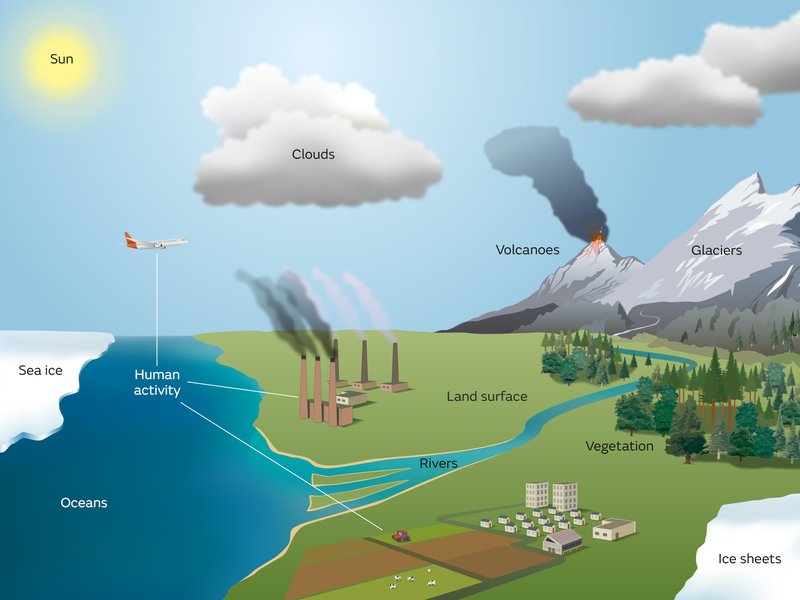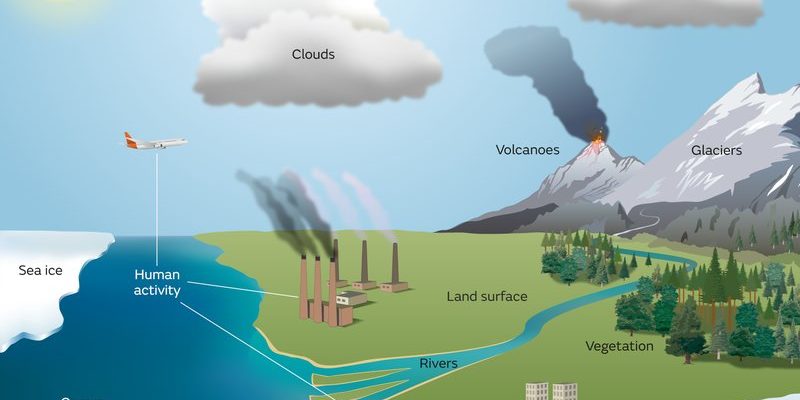
Imagine you’re swimming in a chilly lake, surrounded by your friends. Suddenly, the water warms up and the food you usually catch begins to disappear. This is a bit like what beluga whales are experiencing. As temperatures rise, their icy homes in the Arctic and sub-Arctic regions are changing in ways that threaten their survival. Let’s dive into how climate change impacts these fascinating animals.
What Are Beluga Whales?
Beluga whales, also known as “canaries of the sea,” are renowned for their vocalizations. They communicate using a variety of clicks, whistles, and clucks. These social creatures can often be seen in pods, working together to hunt. Belugas are characterized by their distinctive white color and rounded foreheads, which set them apart from other whales.
These whales primarily inhabit the Arctic and sub-Arctic regions, where they thrive in cold waters. They prefer shallow coastal areas but can also be found in deeper waters, especially during migration. The beluga whale is not just a stunning sight; it plays a vital role in the marine ecosystem, influencing the populations of fish and other marine life.
How Climate Change Affects Their Habitat
Beluga whales thrive in icy environments, and climate change is altering those environments at an alarming rate. With rising global temperatures, ice caps are melting, and sea ice is disappearing. This loss of habitat can be likened to living in a house that’s continuously shrinking.
When belugas lose their ice habitat, they face several challenges:
- Loss of breeding grounds: Belugas use sea ice for breeding and nursing their young. With the ice disappearing, females have fewer places to raise their calves.
- Decreased food availability: Melting ice affects the food web. As habitats shift, the fish they rely on for food, like Arctic cod, may move to deeper waters or change their migration patterns.
- Increased human activity: As ice recedes, new shipping routes and oil drilling become more accessible, leading to disturbances in their environment and increased pollution.
Changes in Food Sources
Here’s the thing: without food, it’s tough to survive. Beluga whales mainly feed on fish and invertebrates, which are sensitive to changes in water temperature and ice cover. As the climate warms, the distribution of fish populations shifts, leading to a mismatch between where belugas are hunting and where their prey is located.
For example, if fish migrate to cooler waters, belugas may need to swim further or dive deeper to find them. This increased energy expenditure can take a toll on their health, affecting their ability to reproduce and care for their young.
You might wonder about other food sources they might rely on. While belugas are adaptable, the reality is that shifting ecosystems can lead to food shortages. Healthy ecosystems depend on a delicate balance, and climate change is throwing them off-kilter.
Impact on Migration Patterns
Migration is crucial for many species, including beluga whales. They migrate to specific locations for feeding, breeding, and nursing their young. However, climate change is altering these migration patterns. Warmer waters can lead to earlier or delayed migrations, which can affect breeding cycles.
For instance, if belugas arrive at their breeding grounds too early, the ice may still be present, making it difficult for mothers to find suitable spots for giving birth. If they arrive too late, they might miss the optimal food availability for nursing their calves. This disruption can have long-lasting effects on their population numbers.
Increased Risk of Disease and Pollution
As the Arctic warms, so does the risk of disease for beluga whales. Warmer waters can promote the spread of pathogens that could harm these animals. Coupled with that, the melting ice allows for increased pollution, as human activities—like shipping and oil drilling—penetrate further into their habitats.
These pollutants can accumulate in the belugas’ bodies, leading to health issues. Imagine if your environment was filled with toxins; it would impact your health, right? Similarly, the belugas may experience weakened immune systems, making them more susceptible to illnesses.
Conservation Efforts and What You Can Do
Protecting beluga whales and their habitats is critical. Conservation groups are working tirelessly to create marine protected areas, enforce regulations on shipping, and reduce pollution. These efforts are essential to ensure the survival of these magnificent creatures.
You might be wondering how you can help. Here are a few simple actions you can take:
- Become informed: Learn about the issues surrounding climate change and its effects on marine life.
- Support conservation efforts: Donating to organizations focused on marine conservation can make a significant impact.
- Reduce your carbon footprint: Simple actions such as using less plastic, conserving energy, and supporting sustainable practices can help combat climate change.
The Bigger Picture: Why This Matters
The challenges faced by beluga whales are just a glimpse into the broader impact of climate change on marine life. These changes ripple through ecosystems, affecting many species. The decline of a sentinel species like the beluga is a warning sign for our planet.
By understanding how climate change is affecting the beluga whale, we gain insight into the urgency of addressing these environmental issues. Protecting them means protecting the fragile ecosystems they inhabit and the health of our oceans.
In conclusion, climate change presents a significant challenge to beluga whales and their habitats. As we learn more about how these changes unfold, we can take action to ensure their survival. The fate of the beluga is intertwined with our own, reminding us of the need to care for our planet. Together, we can make a difference, not just for belugas but for all the incredible species that share our world.

